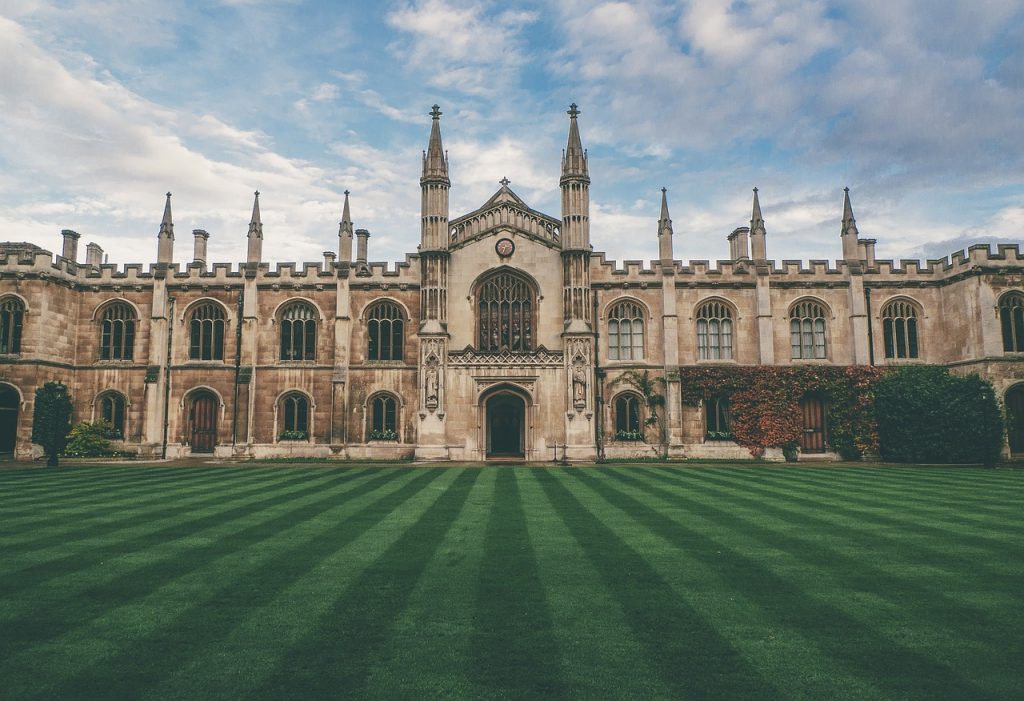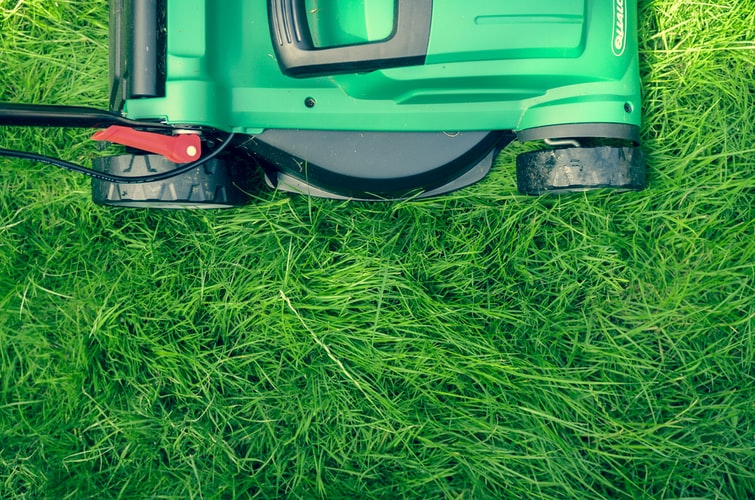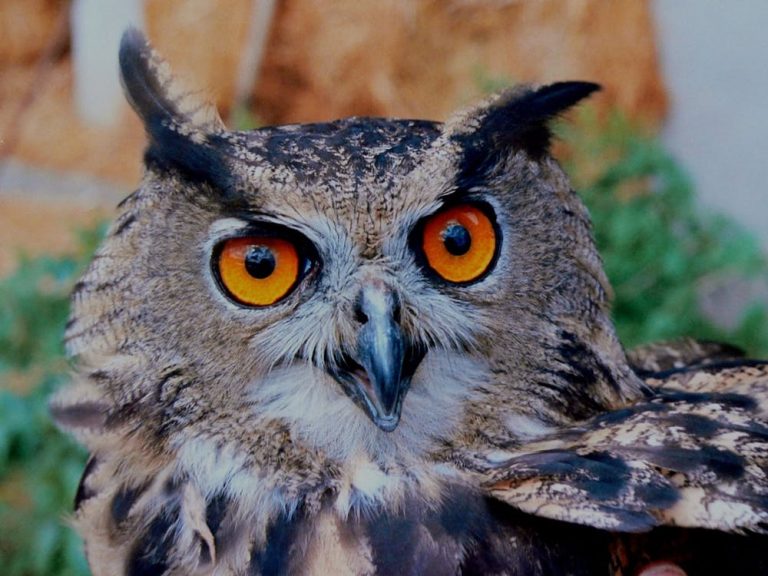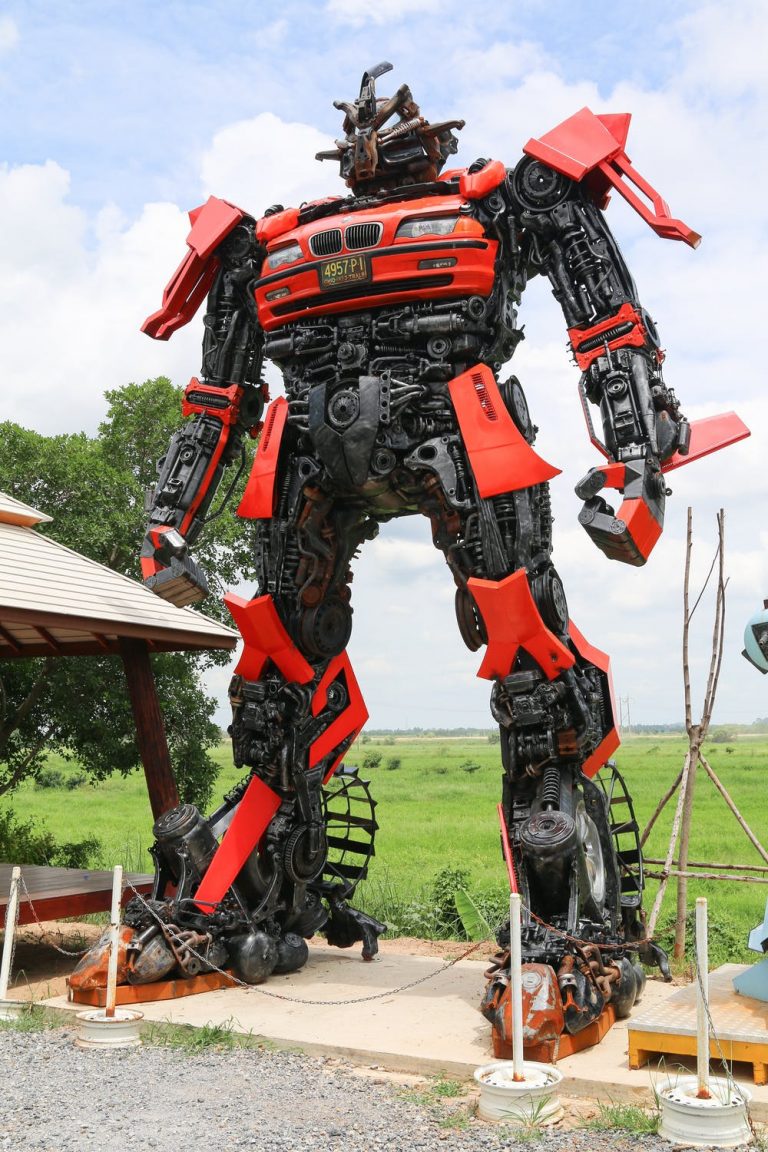According to a study done by NASA and the NOAA lawns occupy about 2% of the surface of continental US. Yet grass on them is the single most irrigated crop in the country!
Yes – we give pretty grass more water than wheat, corn or cotton. This is especially disturbing if we consider that the main purpose of lawns is to show off our social status.
Is it just about status? Let’s take a deep dive.
Why do we plant grass in the first place?
If you ask the average American home owner, he’ll probably tell you: « it’s green and soft, it’s nice to walk or lay on, and it looks good»- Right?

But is that a good enough reason for almost every household in the US to maintain a useless crop on their property? You’ll struggle to find practical benefits of grass, only aesthetic ones.
Searching history for the source of this irrational tradition,turns out the roots ofgreen lawns go deeper than you might expect.
As Yuval Noah Harari describes in his book, A Brief History of Tomorrow (page 58), the first people to cultivate grass were dukes and counts in the late middle ages of France and England. At a time with no sprinklers, lawnmowers, and leaf blowers, cultivating a healthy green lawn was a huge task.
Lawns were there to prove a point:I’m so rich, and I have so much land, that I’m willing to waste precious soil and labor to grow something completely and utterly useless. Not even the cattle could graze there – they’d ruin the beauty in a heartbeat.
Grass became a symbol of wealth – and continued to flourish from there.
19thcentury American bankers, lawyers, and wealthy businessmen surrounded their mansions with lawns. So did parliament houses, universities or any other establishments trying to show off their prestige. Middle class Americans followed this example.

By 20th century, most suburban houses had access to sprinklers and lawnmowers. These lawns weren’t exactly the massive 16th century castle lawns, but still sent the same message: I have style and I have the means, I can afford financing a useless operation just for the sake of aesthetics.
It’s not easy to accept, but to this day we still see lawns as a symbol of wealth and status. When we find a lawn in bad shape, we assume the family is struggling. In some towns you will even be fined for not mowing your lawn. Homeowners associations have strict lawn rules on that kind of thing.
«The grass is greener on the other side» is a common saying for a reason. Society likes grass, it’s culturally important.
But now we’ve gone too far. We need to stop playing dukes.
Why we should stop growing grass
Water
As I mentioned earlier, lawns are the single most irrigated crop in the US. It could have been fine if we had fresh water to spare, but we don’t. It’s estimated that by 2071 nearly half of the water basins in the US won’t be able to support the monthly demand.
This scary estimation rests upon three assumptions:
First is Climate Change. Current climate models predict a steady rise in average temperature – which means losing more fresh water to evaporation.
Second is the change in rain patterns. Some parts of the country will experience heavy rains and floods, which isn’t necessarily good for water basins. Other areas will see increase in droughts and wildfires.
Lastly, the population will keep growing – and public consumption will grow with it. Higher daily use of water, more lawns, more needs for irrigation, and so on.
The future will be dryer and demand is already on the rise.
We need to start taking action now – lawns are a great place to start.
Carbon
A study by Zirkle et al., 2011looked into how efficient our lawns are in fixating carbon. It’s a CO2-reducing process all plants do naturally, some better than others. Plants are our best weapon against global warming – at least at the moment.
They discovered that a square meter of lawn can capture 25.4 to 204.3 grams of carbon in one year. These figures could have been much higher if it wasn’t for the marginal carbon emission that comes with maintaining a loan. For example, emissions caused by lawnmowers, production of pesticides and fertilizers, and other lawn maintenance factors.
For comparison, an average tree can capture 22kg (50 pounds) of carbon in a single year(the equivalent of a 100 square meter lawn). It also takes much less water, needs less maintenance, and gives back shade and fruits.
Grass is helping with carbon, but not enough to justify it compared to other plants.
Housing
By now lawns are such an integral part of how we plan our neighborhoods that it’s hard to imagine life without them. But let’s give it a shot.
If we plan our future cities and suburbs without private lawns, we could dedicate more precious land for wildlife and nature. Or use that space to build more houses, and help lower housing prices for new families.
It doesn’t mean no more green spaces, just more natural and efficient ones that take less water, capture more carbon, and demand less upkeep.
Fertilizers
Part of maintaining a wonderful, sparkling green lawn is feeding it with micro-elements that improve growth. Micronutrients are a natural ingredient in soils, but after a few years of growing grass (or any other monoculture), they run out and need to be added artificially.
We pay a high environmental price for mining, manufacturing and delivering these chemical ingredients (Mostly Nitrogen and Phosphate). It’s also dangerous to come in contact with them. These chemicals are a hazard for humans, animals, and even our underground water systems.
Maybe we can justify the use of contaminating fertilizers to grow food crops, people need to eat. But putting our families in danger for a prettier lawn? Really?
Again, lawns cover 2% of the land in the US. Think how much fertilizer they demand.
Pollinators
What is now our houses and lawns used to be a habitat for all kinds of wildlife. Among it are pollinators – things that transfer pollen grain from one flower to another. It can be done by wind, small mammals, or insects. Most commonly bees.
Large portions of the food we consume relies on bees to grow. They’re important for the ecosystem. And they are disappearing at disturbing rates.
Least we can do, after stealing their land, is to grow flowering plants they need to survive.
Money
Over 75% of households in the US maintain a lawn. In 2015 American families spent $36.1 billion on lawns. This industry is massive.
Watering lawns accounts for 75% of the total household water consumption and due to factors I explained earlier – water prices will continue to rise. People who will be hurt by this the most are, as always, from low income communities. Some already have a hard time keeping up with their water bills.
Replacing lawns with more water-efficient alternatives can reduce our personal water expenses. This would make fresh water accessible for people who struggle financially, those who actually need it for drinking, cooking and showering.
What are the alternatives to grass?
My personal favorite lawn alternative is a vegetable garden. The feeling of eating a vegetable you grew yourself, it’s amazing. If you want to keep the space free for the kids to play, you can decorate with bushes (that are right for your climate),stones, and moss.
Trees work wonders for those of us on the environmentally conscious side. They take quite a lot of space and are an efficient CO2-reducing solution.
If you’re in love with the idea of having a lawn, get a synthetic one, and make sure it’s recyclable. This isn’t a perfect solution, but still beats sinking resources into grass.
You have options!
Now you know the consequences of keeping a lawn and the reasons people do it in the first place. That’s the important thing. There are tons of great gardening solutions out there.
All these creative alternatives start from a simple choice to give up on grass.



